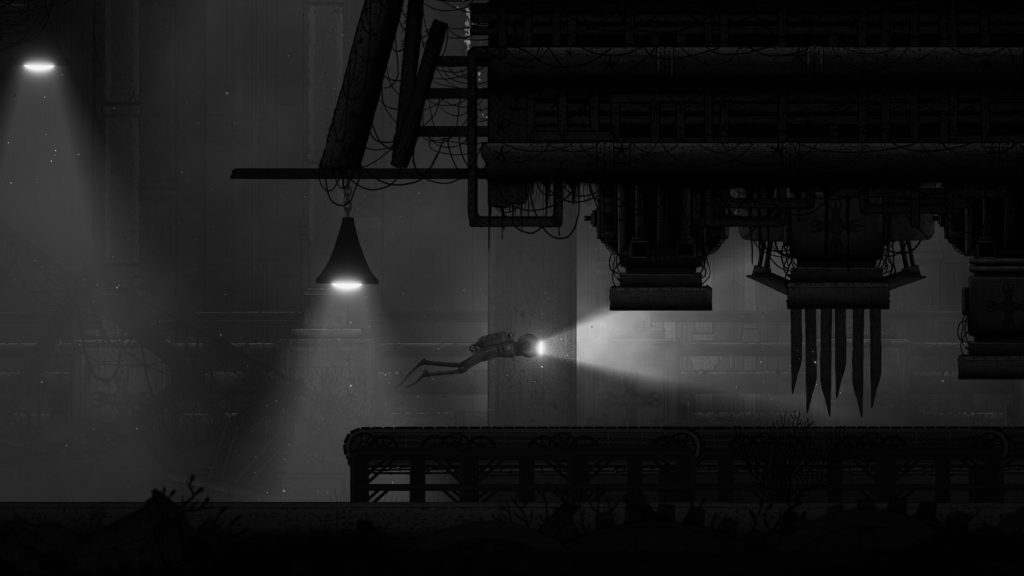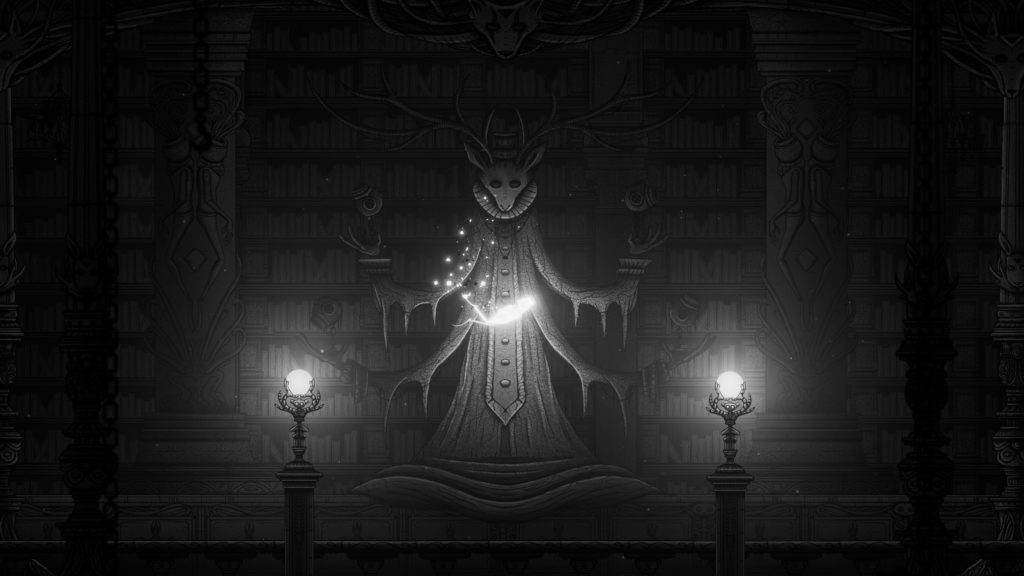Silt review
The ocean is a fantastic setting for a video game. Whether it’s a magical paradise bursting with vibrant colours or a dark nightmarish place full of mysterious creatures, the briny depths can host all manner of games. Unfortunately using the ocean as a backdrop does come with the issue of every level being a water level. As children I’m sure we all sighed when our favourite platformers forced us into a slow paced water environment, and even in 2022 I cringe when I realise I’m going to have to dive into an under the sea stage. Silt looks to use the darker side of the water to create an uneasy adventure, but does it manage to overcome those issues?
Our nameless diver protagonist finds himself deep underwater in a lovecraftian hellscape, which I can’t imagine is ideal. In this world of oversized sea monsters and bizarre ancient machinery, it seems unlikely that the Diver will survive the armies of fish that want to have them for breakfast. Exploring the ocean depths for a way out and some answers is a tough job, but somebody’s gotta do it.
Fortunately our brave diving hero has a few tricks up their sleeve, well okay one trick. They can possess fish. I’m not sure why the Diver can do this, but by holding the B button a swirling light comes bursting out of your helmet and can be pointed at various sea creatures to control them. Each fish has a different ability you can use to your advantage, piranhas can bite through cables blocking the way, hammerhead sharks can break down walls, and rays can teleport forward for some reason. It’s a lot of fun switching to a new scaly creature and seeing what abilities they have.

Silt is very much a game about exploring the underwater environment to solve puzzles. This can be as simple as finding the right fish to possess to get past a breakable obstacle, or as complex as gathering a shoal of tiny fish and infecting them with poison so you can feed them to nasty fish to clear the way. As you’d expect, the further into the three hour game you get the more complicated the puzzles get.
Silt is split into four sections, each with a boss you’ll need to beat to activate the mysterious portal at the end. The bosses are completely horrifying to look at, and are also some of the most interesting puzzling parts of Silt. One of these screen filling enemies needs to be lured into cracked rocks to access more fish in the battle area, another can be tricked into grabbing onto an electrical current. Figuring out how to beat these big-bads is definitely the highlight of the game.
Unfortunately when a screen has an element of danger to it, a significant issue rears its ugly head in Silt. If at any time you die (which happens after taking a single hit) you have to start the screen you’re on from scratch. When you’ve spent a few minutes figuring out how to trick a boss or navigating a puzzle then lose all your progress it’s incredibly frustrating.

It’s made even more irritating when you need to restart a screen because of how slowly the diver moves. Getting from A to B takes so much longer than it needs to, and just makes Silt feel unpleasant to play. Some rooms in Silt seem to exist to have you look at the (admittedly beautiful) background, and this is made much more annoying by the speed you can swim past the pretty pictures.
It’s a shame that playing Silt isn’t particularly fun, because it does look absolutely breath-taking. The hand drawn aesthetic is simply stunning, with monsters and backgrounds that are as foreboding as they are beautiful. A huge amount of time and effort has gone into making Silt look unlike anything else I’ve ever played, and it shows.
Silt is an atmospheric and gorgeous game that unfortunately just feels too sluggish. The idea of possessing different sea critters and playing around with their powers is great, but in practice a lack of checkpoints and slow movement just make the experience frustrating.




